
Waste‑Free Furniture Cleaning Guide: Fresh Homes, Zero Waste
Today’s theme: Waste‑Free Furniture Cleaning Guide. Step into a practical, planet‑kind approach to spotless sofas, gleaming wood, and breathable fabrics—without disposable pads, harsh chemicals, or needless plastic. Subscribe for weekly waste‑free tips and share your favorite low‑impact cleaning wins.
Why Waste‑Free Furniture Care Matters
Disposable wipes and single‑use cloths add up quickly in bins and budgets. Reusable tools reduce waste, deliver better results, and protect finishes. Start small, track savings, and watch your home—and conscience—shine brighter.
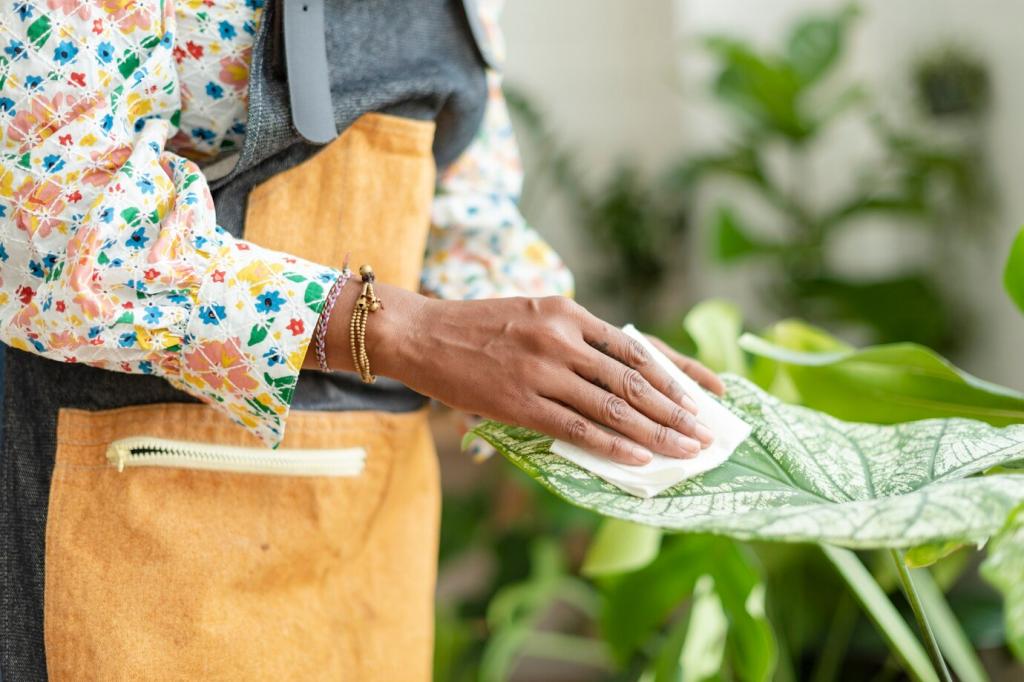
Why Waste‑Free Furniture Care Matters
Harsh fragrances can linger on sofas and cushions long after cleaning. Gentle, low‑VOC solutions keep fabrics fresh and breathable. Your lungs, pets, and guests will notice the difference with every mindful swipe.
Build Your Zero‑Waste Furniture Care Kit
Choose tightly woven microfiber cloths, a soft‑bristle dusting brush, a rubber pet‑hair squeegee, and a wooden handle scrub brush with replaceable heads. These workhorses outlast disposables and feel good in hand.

DIY Cleaners by Material
Mix warm water with a few drops of mild castile soap for daily grime. Lightly dampen a cloth, wipe with the grain, and dry immediately. Avoid vinegar on waxed or shellac finishes; it can dull delicate surfaces.
Stain Strategies Without the Waste
Spills: Blot, Don’t Rub
Place a dry cloth under the fabric if possible, then blot from the edges inward using a clean, reusable cloth. A splash of club soda helps lift many fresh food and drink spills without added fragrances.
Grease and Oil: Absorb First
Sprinkle cornstarch or baking soda, let it sit twenty minutes, then gently brush away. Follow with a mild soap solution if needed. Repeat patiently to avoid needless scrubbing and fiber damage.
Dyes and Mystery Marks: Test and Tame
For stubborn dyes, a small amount of alcohol on a cotton cloth can help on microfiber—only after testing. Work slowly, ventilate well, and finish with a plain water blot to neutralize.
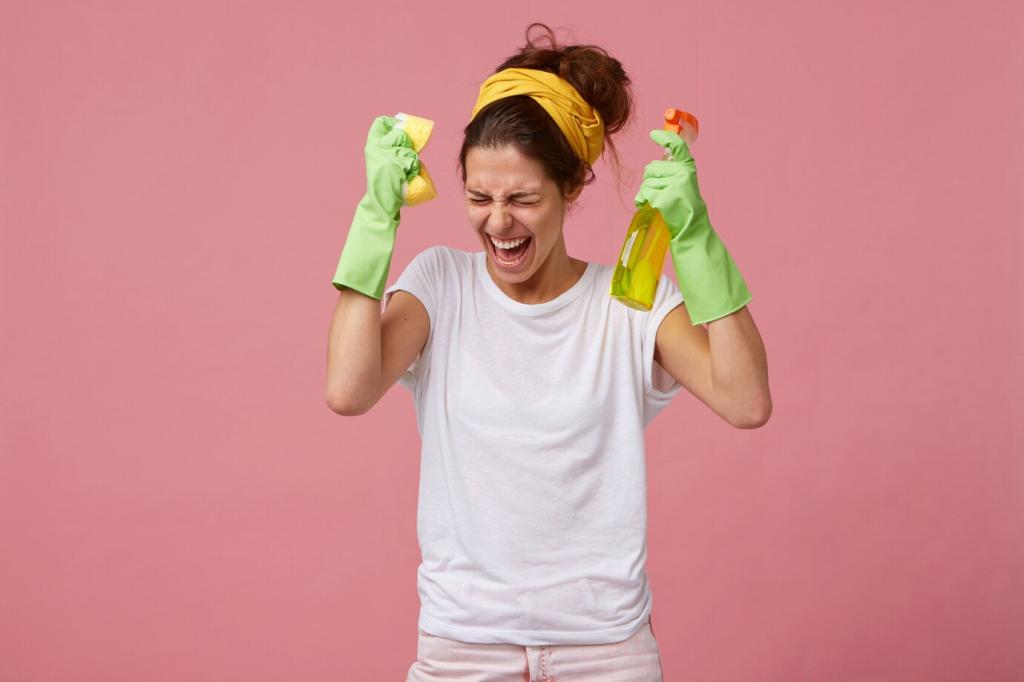
Airflow and Sunlight, Used Wisely
Open windows, aim a fan across cushions, and give pieces a gentle sunbath, keeping colors out of direct midday rays. A short, mindful airing refreshes fabrics without perfumes or propellants.

Baking Soda Boost
Dust a light layer onto fabric, wait an hour, then vacuum with a clean upholstery tool. It quietly absorbs stale smells and leaves nothing behind—just remember to empty the canister responsibly.
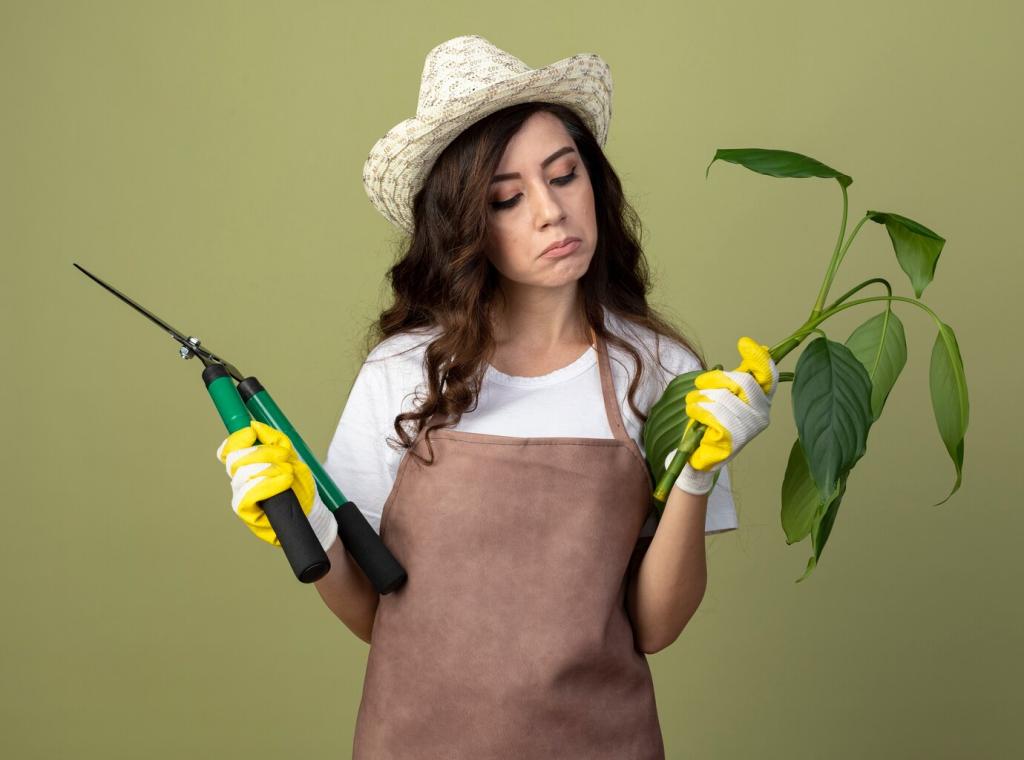
Herbal Sachets from Scraps
Sew tiny pouches from fabric offcuts, fill with dried lavender or rosemary, and tuck near cushions. They’re charming, compostable refreshers. Share your favorite herb blends so we can try them together.
Preventive Habits That Save Time and Waste
Use a dry microfiber for wood and a soft brush for seams. Catch crumbs, lift debris, and note small scuffs early. Quick attention prevents big messes and unnecessary cleaner consumption.
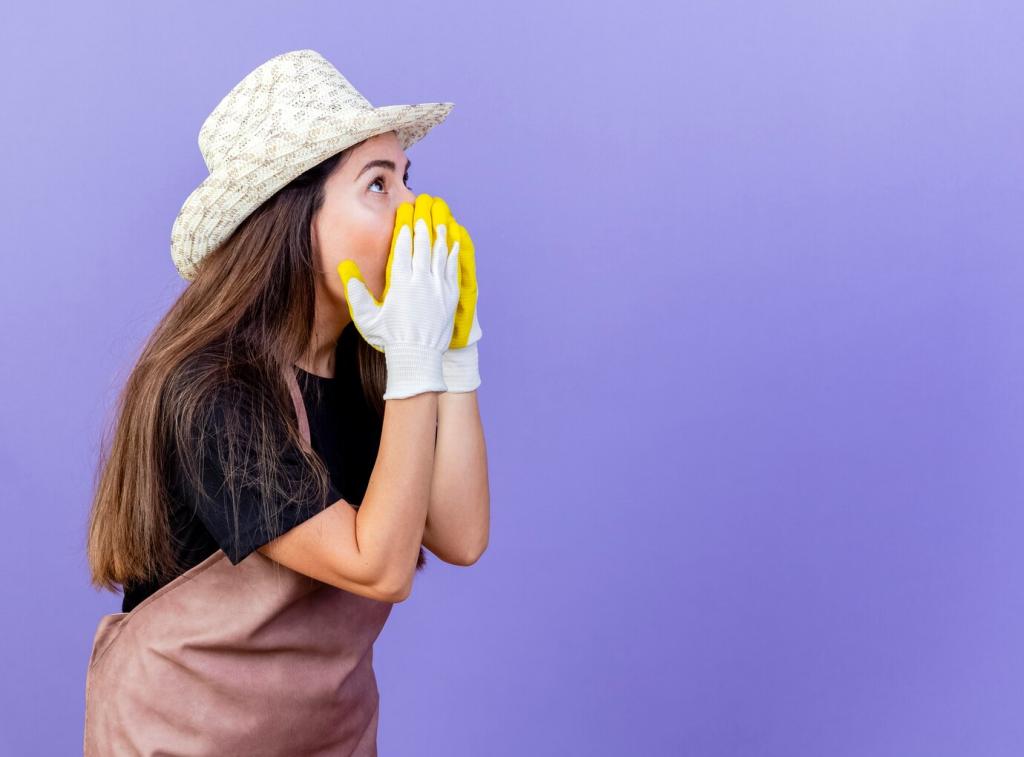
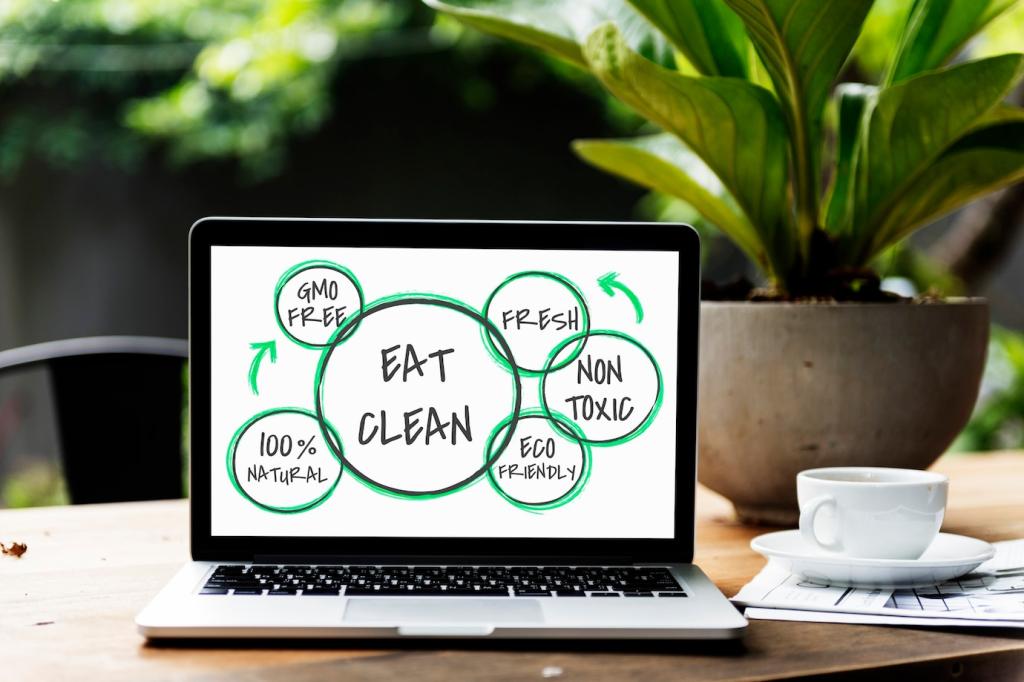
Preventive Habits That Save Time and Waste
Place washable throws on favorite nap spots, and swipe fur with a reusable rubber glove. Regular grooming reduces shedding at the source, keeping sofas fresher without sticky, single‑use rollers.


A Living Room Rescue: Waste‑Free in Action
We found a sun‑faded chair with coffee stains and dusty seams. With a soft brush, gentle soap mist, and patient blotting, the fabric brightened. No disposables, no harsh scents—just careful, repeatable steps.
A Living Room Rescue: Waste‑Free in Action
Spot testing saved the day, airflow sped drying, and cornstarch erased a stubborn oil mark. Most importantly, a refillable kit made the process calm, affordable, and ready for the next rescue.
